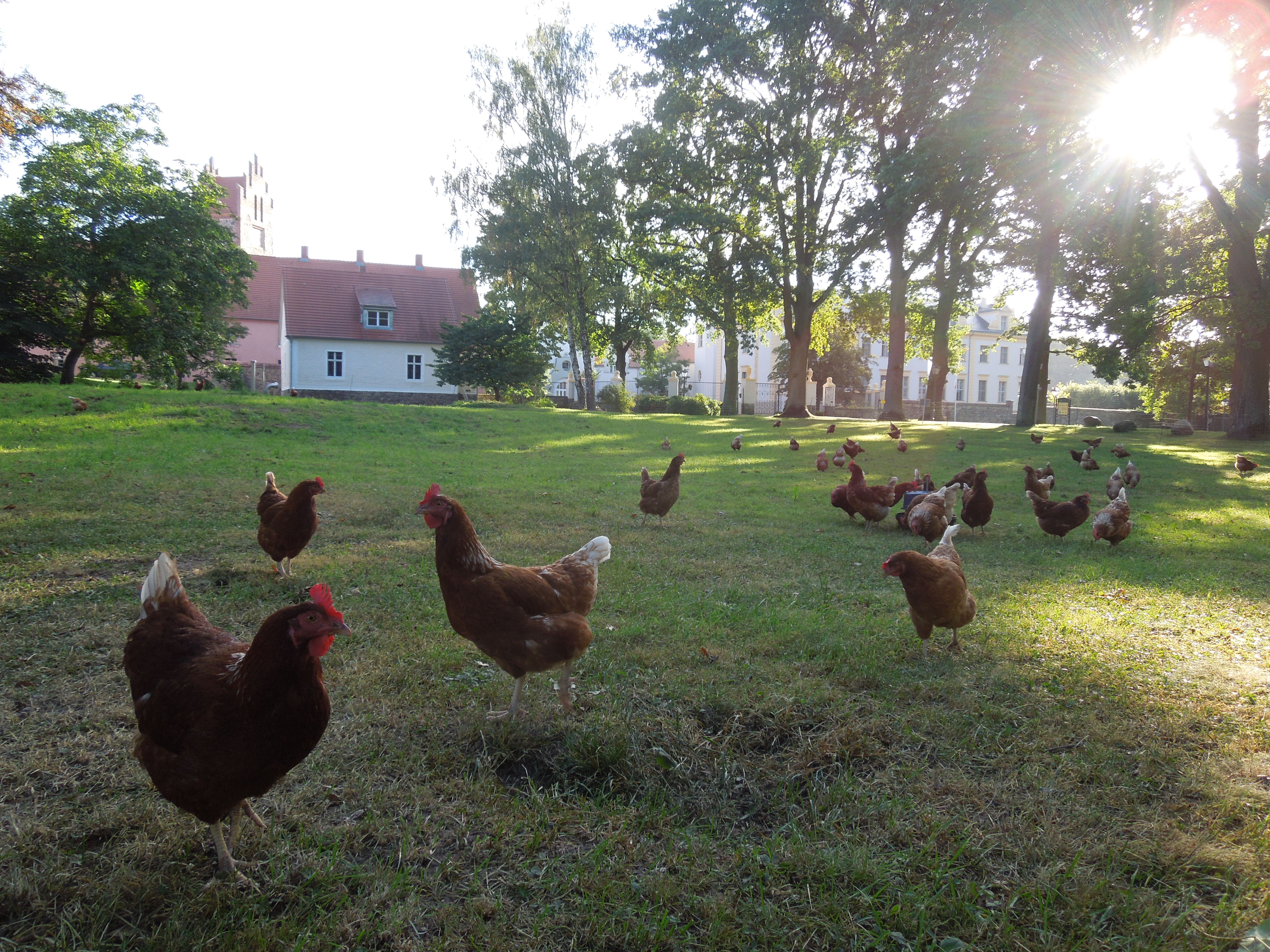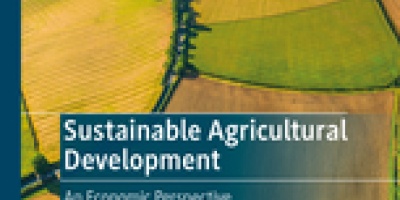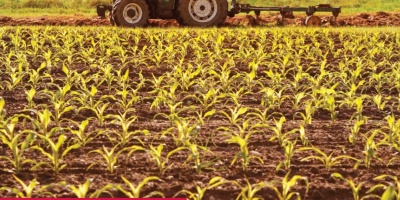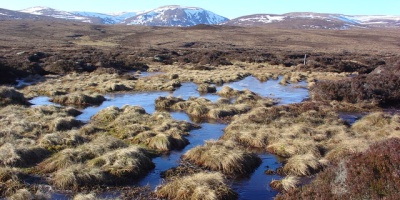In this piece, Adrian Muller introduces a widening discourse on sustainable agriculture.
Adrian Muller is an FCRN member and senior researcher at FiBL (Research Institute of Organic Agriculture) and ETH Zurich.

What is sustainable agriculture? Many implicitly assume that it somehow has to do with a “natural” environment wherein production takes place, with close linkages to soils and ecosystems. But why should this be so? If sustainable agriculture is claimed to be linked to soils and natural environments, arguments for this need to be given. This blog post is based on a recent opinion paper in Land Use Policy* where we address these issues. We emphasize that we do not mean to promote high-tech and other “unnatural” solutions uncritically (and neither “natural” ones). We rather appeal for enlarging the option space for sustainable agriculture in an unprejudiced way.
Agriculture and food security face huge environmental challenges and contribute to many of them, be that climate change, nitrogen oversupply, pesticide pollution or biodiversity loss. Generally, three broad approaches are suggested to deal with this. First, there is agro-ecology and related approaches. They aim at a less environmentally disruptive food production by aligning agriculture with natural cycles and ecosystem dynamics. Second, there are strategies of sustainable intensification that focus on reducing impacts per unit of output. Third, there are high-tech approaches such as soil-less production, where plants thrive in an artificial substrate and a nutritional solution, which systems also can be stacked vertically, to build so called “vertical farms”. Such high-tech approaches focus on manageable production processes that are rather delinked from than aligned to natural environments and ecosystem dynamics. Thus, agroecology addresses environmental problems by a strategy of “land sharing”, i.e. a closely connected landscape of production and semi-natural and natural habitats, while intensification and high-tech rather follow a strategy of land-sparing, clearly separating production from natural areas.
 Does modern agriculture look like this? (Photo: Flickr, Creative commons)
Does modern agriculture look like this? (Photo: Flickr, Creative commons)
There is an ongoing heated debate on which of these approaches may be best suited for achieving sustainable agricultural production systems. Controversies emerge along several lines, and not the least regarding the “naturalness” or “artificiality” of the production systems. In particular, many proponents of agro-ecological approaches such as organic farming have strong reservations against high-tech approaches because they are not natural.
However, is being “artificial” really incompatible with being sustainable? We do not think so. First, every agricultural production system, including an organic wheat field, is artificial in the sense that it strongly depends on inputs and human management such as labor, machinery, plant protection or fertilization.
 A wheat field - is this a natural environment? Not really. (Photo: Flickr, Creative commons)
A wheat field - is this a natural environment? Not really. (Photo: Flickr, Creative commons)
Second, why should being “natural” in any way be sustainable? We first need to have a definition of what we term a sustainable production system, and we need indicators to assess this. It can then clearly be that we prefer natural systems, e.g. based on a precautionary principle, assuming that natural systems tend to be more robust to certain shocks than artificial systems. For example, some pest outbreaks may be much more difficult to control in vertical farms, once they occur, than in well-managed more natural environments with moderating forces from natural processes and ecosystems still in place, at least partly. Or someone may refer to a certain holistic “cosmic” or “transcendental” quality of food that can only be achieved if it grows in living soils. It is however of key importance to make all these arguments explicit and to scrutinize and critically discuss all of them before adopting them.
Third, we claim that there is quite some confusion on the consumer side regarding “natural” food. Consumers are often said to demand natural food. This may be true, when referring to their stated preferences, but revealed preferences tell another story as can easily be seen from the small shares of organic or other labelled agro-ecological production in total sales. This may be partly linked to an inaccurate picture of agriculture among consumers. With a decreasing workforce in agriculture and a growing urban population, first-hand experience with agriculture dwindles and consumers’ pictures of agricultural production are shaped by retailers’ and farmer organizations’ advertisements and children’s books that all show an idyllic picture of agricultural production. This is contrasted by occasional publicity of scandals, e.g. in animal production, that are soon forgotten. Finally, we think that people working on food and agricultural topics and in the context of sustainable agriculture in particular, be they farmers, processors, retailers, academics or activists, are biased towards having an interest in high-quality and maybe natural food and wrongly think that many other people feel similar. We rather claim that a large majority of consumers is not interested at all in their food – besides that it should be cheap. When buying fruits at a large retailer, we see that not even taste is a criterion anymore.
We emphasize again, that we do not want to promote high-tech solutions uncritically. They pose many challenges. Energy-demand is an issue, as it cannot be met from within the systems as their areas are small. Capital requirements are big and power relations and dependencies need to be closely supervised. Nutritional characteristics of the products from high-tech practices need to be further investigated. The role of the farmers changes thoroughly in such systems, where they rather become process management engineers. Finally, more research is needed on their environmental performance and on their vulnerability and robustness towards pest and disease outbreak or input supply shortages.
Our aim is rather to trigger a discussion on these issues and on the potential role of high-tech solutions in sustainable agriculture and food systems. We thus argue for broadening the option space of potential solutions for supporting sustainability in agriculture and for scrutinizing all of them without prejudice.
*Reference:
This is a blog post based on the paper “Muller, A., Ferré, M., Engel, S., Gattinger, A., Holzkämper, A., Huber, R., Müller, M., Six, J., 2017, Can soil-less crop production be a sustainable option for soil conservation and future agriculture? Land Use Policy 69: 102-105”. A link to the paper, open access till November 3, can be found here: https://authors.elsevier.com/a/1VjSg_61OxpESG; afterwards behind a paywall here: http://www.sciencedirect.com/science/article/pii/S026483771631376X
You can also read a related paper by the FCRN titled: Sustainable intensification in agriculture. Navigating a course through competing food system priorities.










Post a new comment »